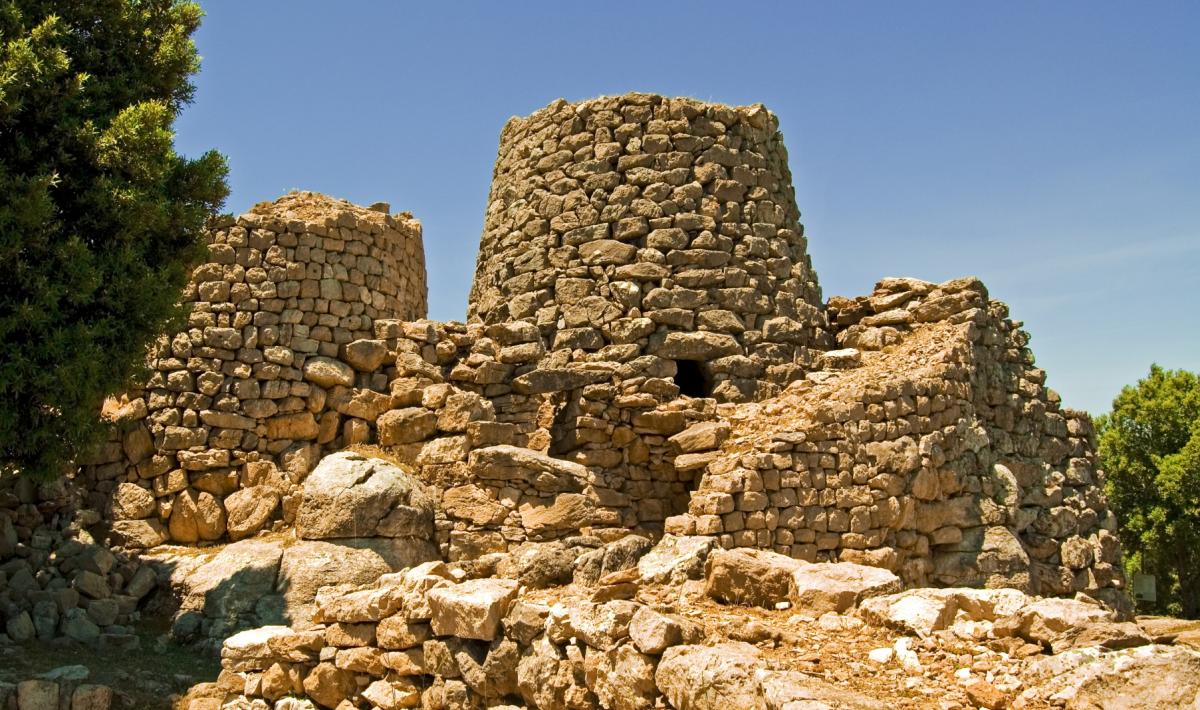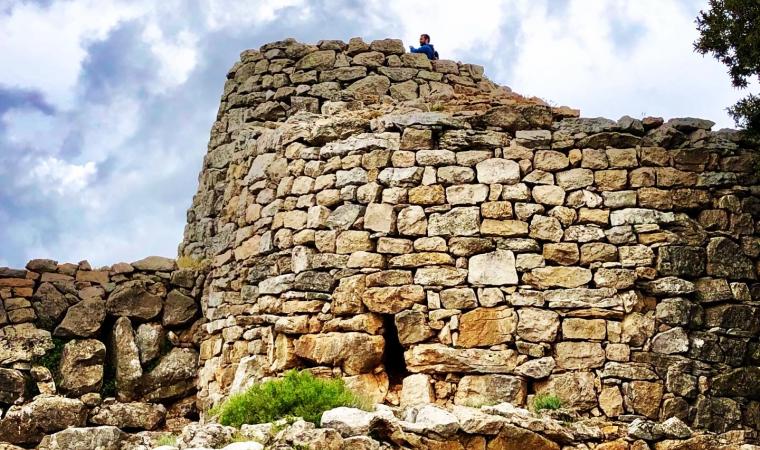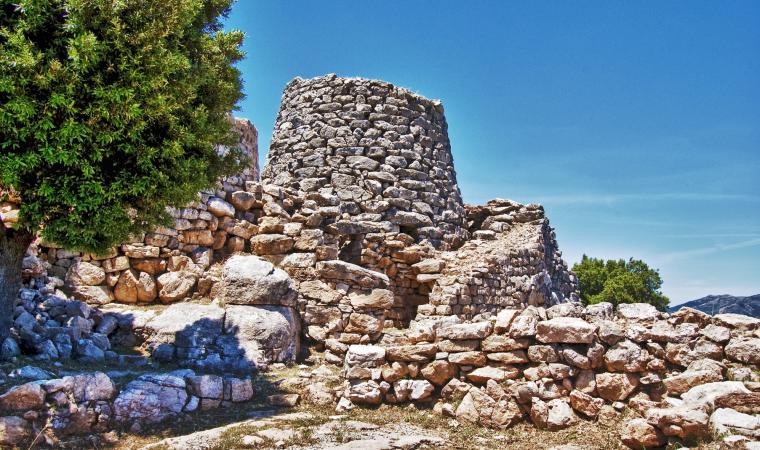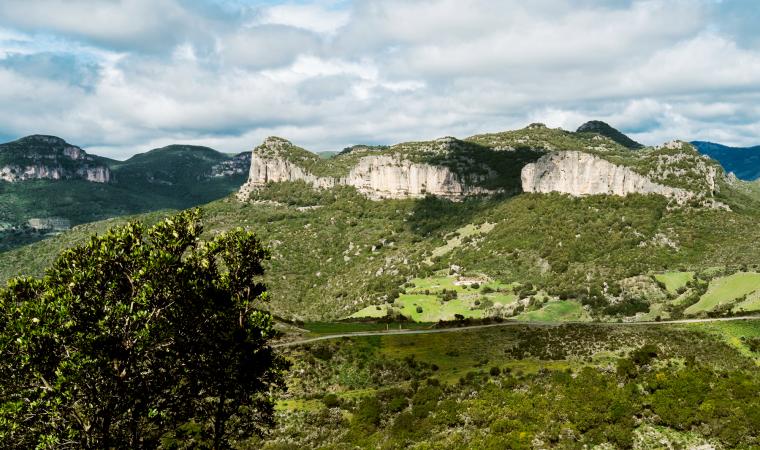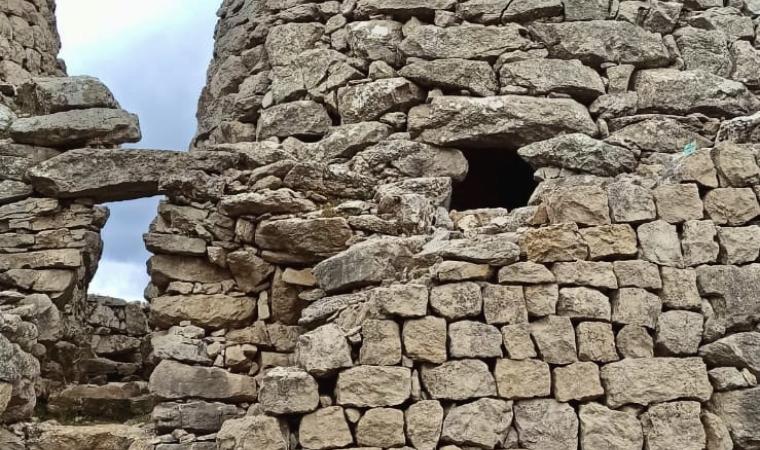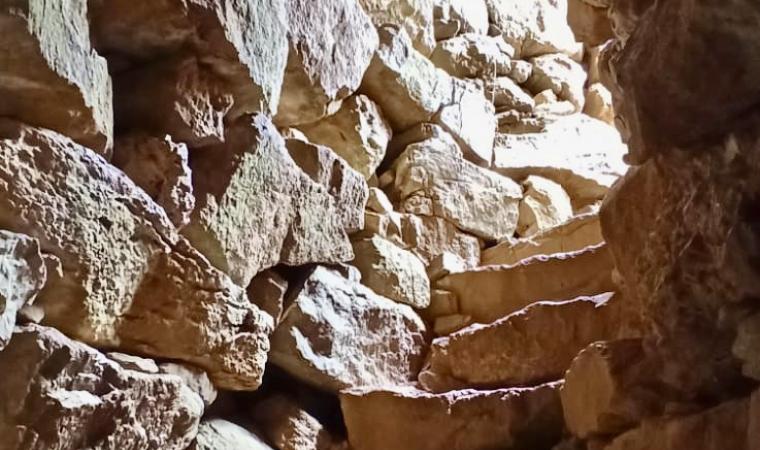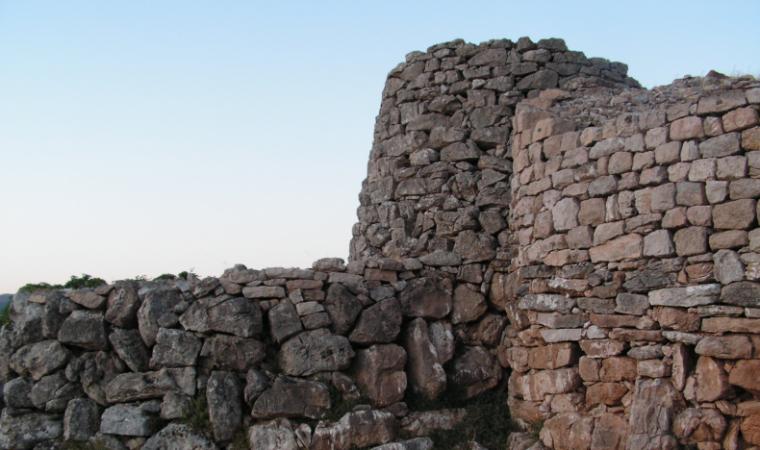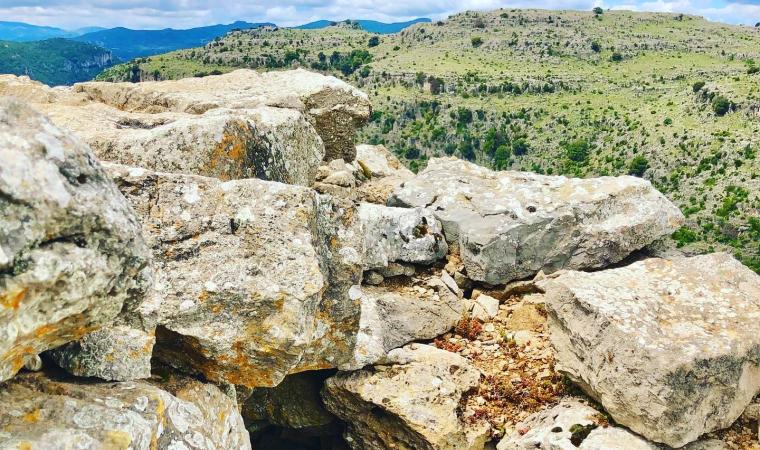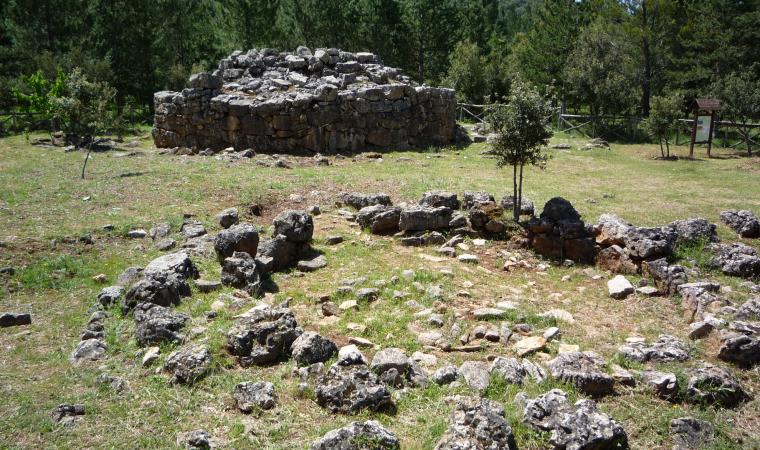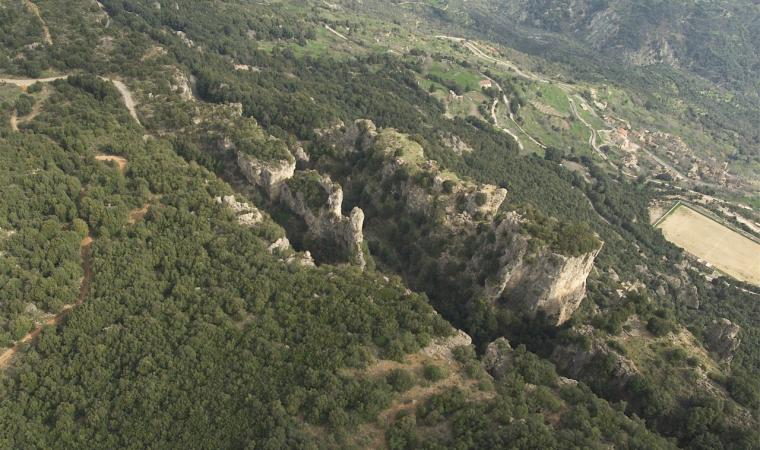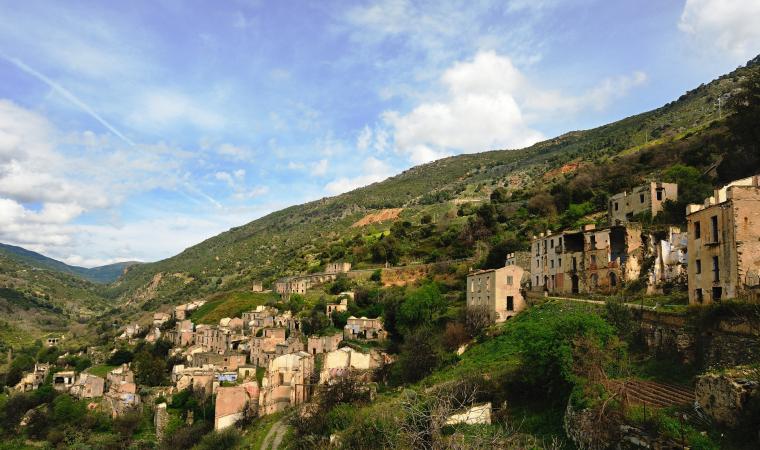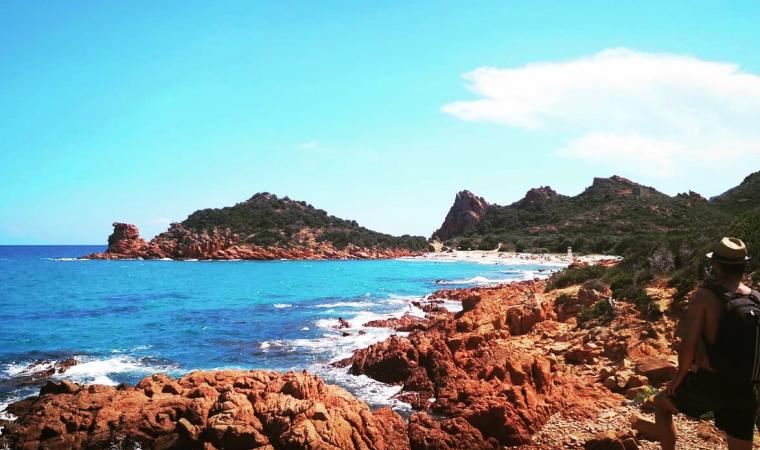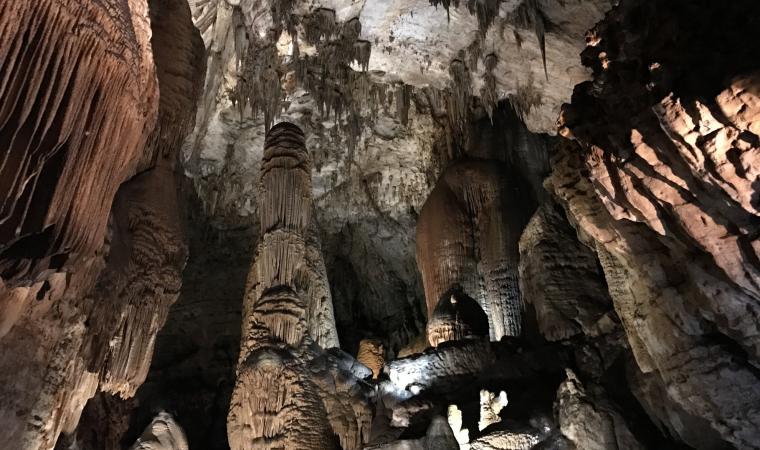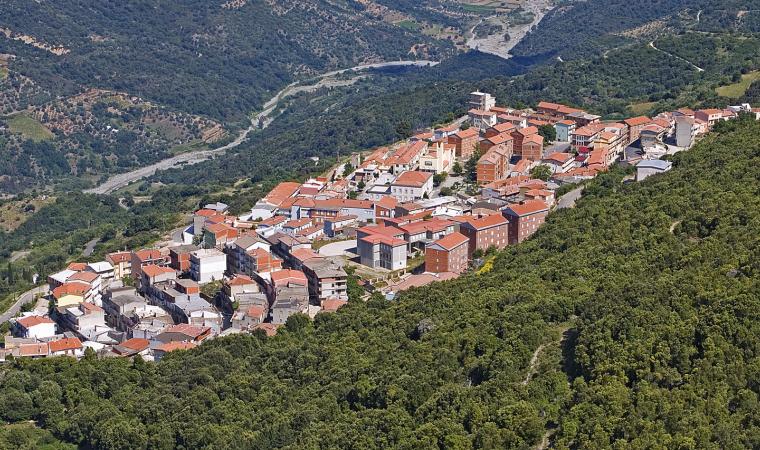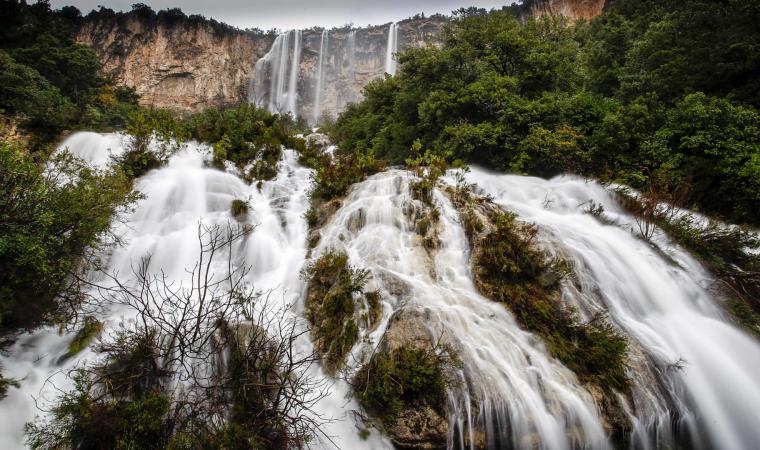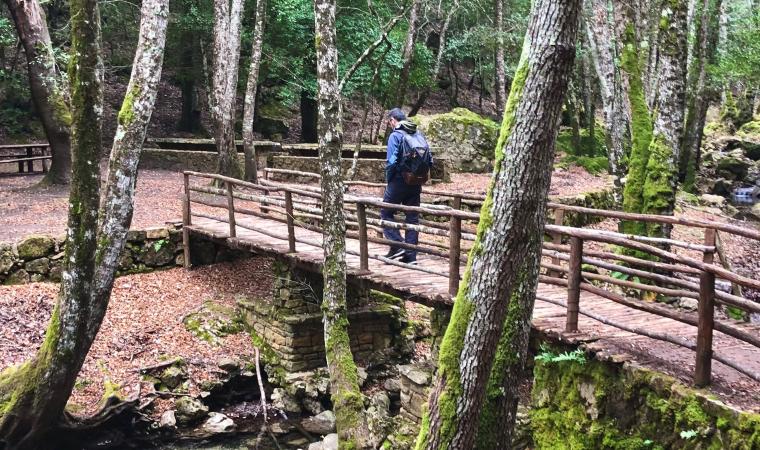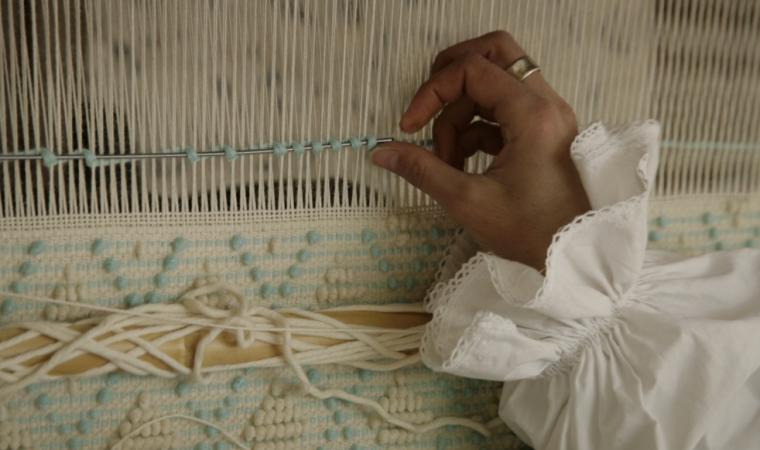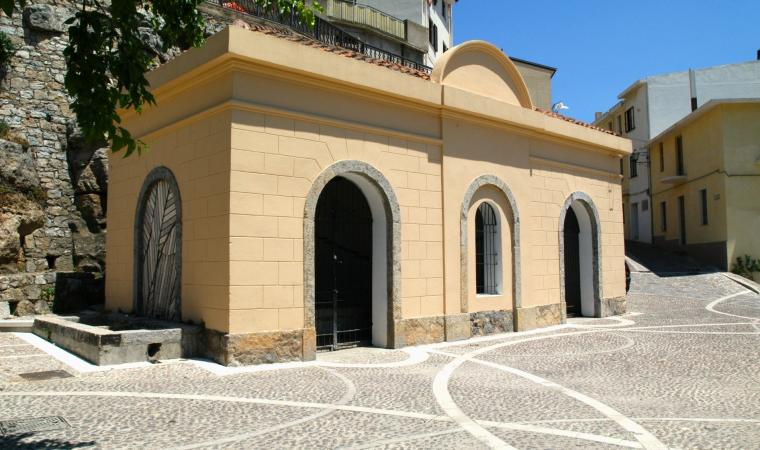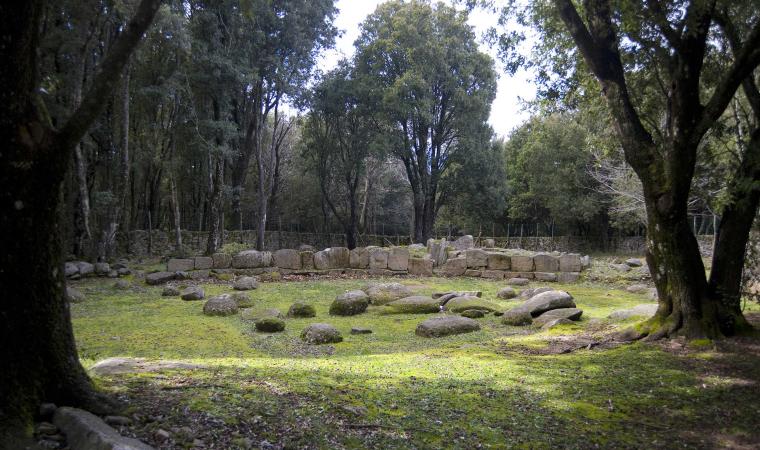You will travel back in time, through gorges, precipices and cliffs covered in Mediterranean scrub, passing by the Scala di San Giorgio and arriving at the top of the Taccu di Osini, a plateau at an altitude of almost one thousand metres, that overlooks the village - which is eight kilometres away - and dominates the Ogliastra region. Up here, after a short stretch on foot, at about one thousand metres of altitude, you will find the Serbissi nuraghe, inhabited between the Ancient and the Recent Bronze Ages (17th-10th centuries BC). It is a place in which thousands of years of history and natural beauty combine perfectly. The architectures, a rare example of a Nuragic complex at high altitude, tower over a rocky limestone landscape with sheer rock faces, on which they rest, using an unusual technique to adapt to the terraces. The structure, which is in excellent condition, consists of a nuraghe with four towers, a village, a cave, two tombs of giants and, nearby, another two single-tower nuraghi.
From a distance, you will be struck by the slender outline of the central fortified tower, created with even rows of blocks and today over six metres high. Instead, from close up, you will be intrigued by the well-finished weave of the masonry. The room on the ground floor is integral and has a tholos (false dome) roof, while the upper floor, which is oval-shaped, has a floor made of stone slabs. A town boundary wall connects the fortified tower to the other three towers. Here, you will also find spaces that are still intact: the northeast tower has a lower tholos-type room and an upper room with a fireplace, while in the tower to the east you will find a room with six embrasures. The entrances to the towers overlook a courtyard-corridor with a cobbled floor. Around the nuraghe you will see eight circular-shaped huts made of stone and clay and a cobbled floor: here, you can stop and imagine everyday life and the mysterious rituals of the Nuragic populations. Alongside it, you will notice a karst cave with two entrances, which may have been used as a storage space for foodstuffs. Above, on the Troculu floor, you will find two tombs of giants, one with arched rows of steles, and the single-tower nuraghi of Sanu and Orruttu, perhaps included in a village at one time.
On your archaeological tour you will notice the splendour of the Taccu di Osini. Legend has it that, during a journey through the villages of the diocese, St George, a bishop, reached the foot of the plateau, to either go around or climb. He recited a prayer and opened up a narrow passage between the limestone and dolomitic walls: this is where the name of the natural monument comes from, the evocative Scala (or gorge) of San Giorgio, to whom a rural church is also dedicated. Don't miss out on a visit to 'Osini storica', a ghost town that was abandoned after the floods in 1951 and re-established one kilometre further north.

